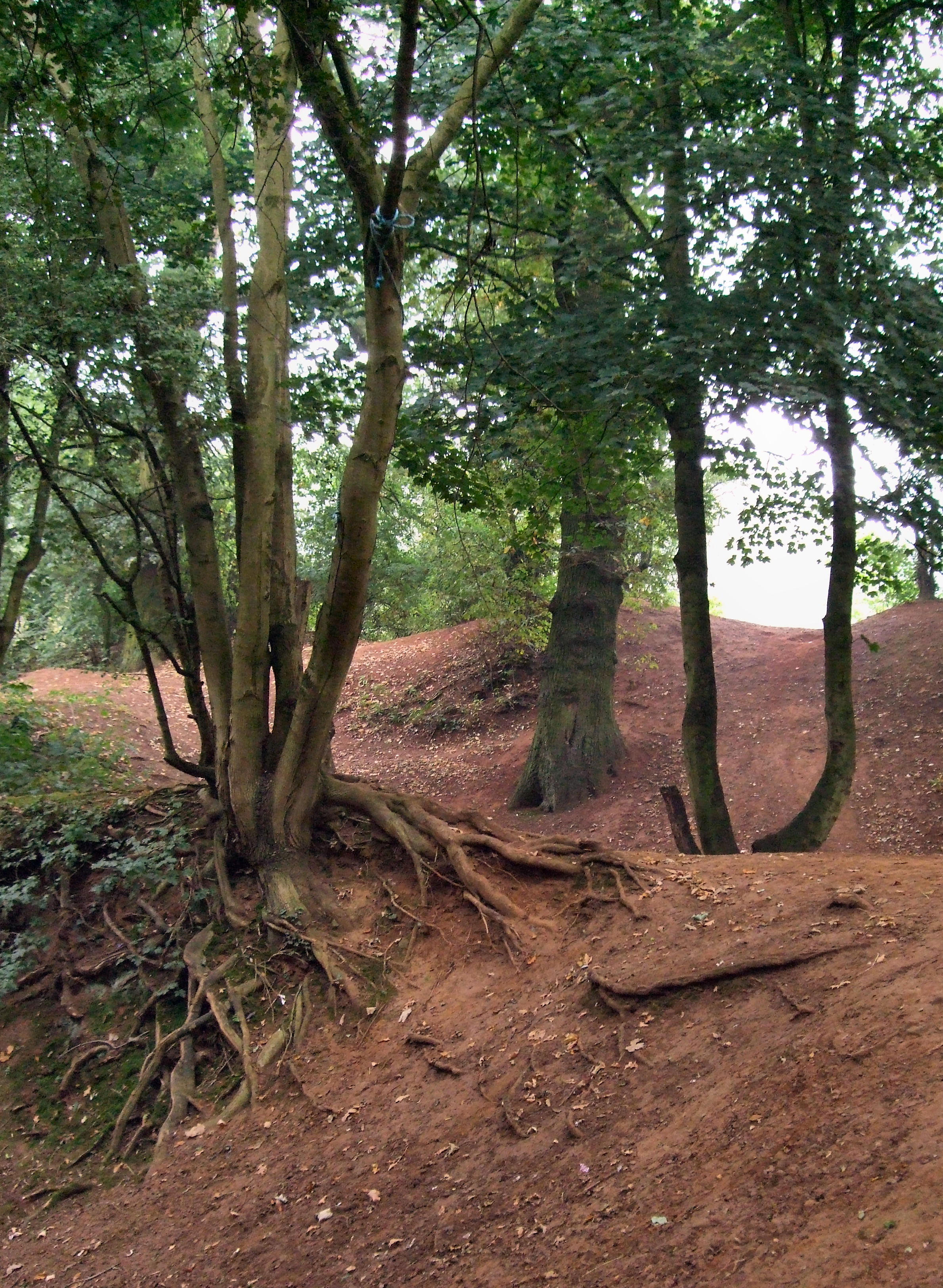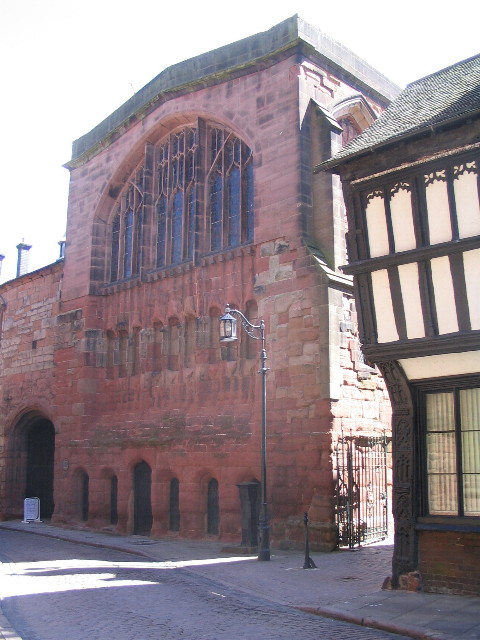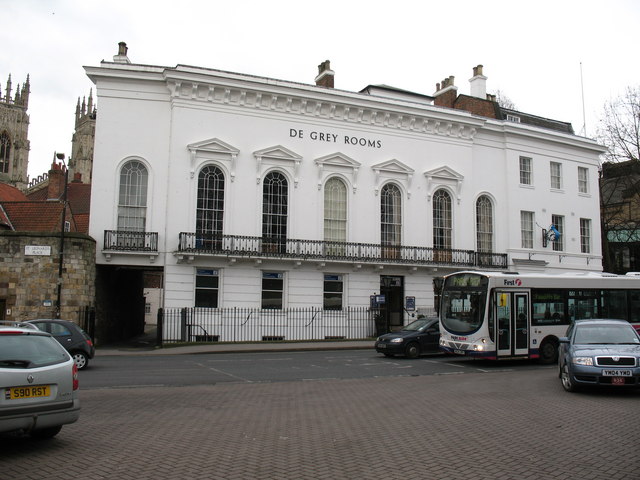|
British VII Corps
VII Corps was an army corps of the British Army active in the First and Second World Wars. In the early part of the Second World War it was part of the defence forces of the United Kingdom, and later acted as a shadow formation for deception purposes. Prior to the First World War In 1876 a Mobilisation Scheme was published for the forces in Great Britain and Ireland, including eight army corps of the 'Active Army'. The '7th Corps' was to be headquartered at York, formed from Irish and English militia. In 1880 its order of battle was as follows: *1st Division (York) **1st Brigade (York) ***5th West York Militia (Knaresborough), 6th West York Militia ( Halifax), Leicester Militia (Leicester) **2nd Brigade (York) ***North Down Militia (Newtownards), South Down Militia ( Downpatrick), Dublin County Militia (Dublin) **Divisional Troops ***106th Foot (Preston), Yorkshire Yeomanry (York) **Artillery ***N/2nd Brigade Royal Artillery (Coventry) *2nd Division (Northampton) **1st Brigad ... [...More Info...] [...Related Items...] OR: [Wikipedia] [Google] [Baidu] |
World War I
World War I (28 July 1914 11 November 1918), often abbreviated as WWI, was List of wars and anthropogenic disasters by death toll, one of the deadliest global conflicts in history. Belligerents included much of Europe, the Russian Empire, the United States, and the Ottoman Empire, with fighting occurring throughout Europe, the Middle East, Africa, the Pacific Ocean, Pacific, and parts of Asia. An estimated 9 million soldiers were killed in combat, plus another 23 million wounded, while 5 million civilians died as a result of military action, hunger, and disease. Millions more died in Genocides in history (World War I through World War II), genocides within the Ottoman Empire and in the Spanish flu, 1918 influenza pandemic, which was exacerbated by the movement of combatants during the war. Prior to 1914, the European great powers were divided between the Triple Entente (comprising French Third Republic, France, Russia, and British Empire, Britain) and the Triple A ... [...More Info...] [...Related Items...] OR: [Wikipedia] [Google] [Baidu] |
Newtownards
Newtownards is a town in County Down, Northern Ireland. It lies at the most northern tip of Strangford Lough, 10 miles (16 km) east of Belfast, on the Ards Peninsula. It is in the civil parish of Newtownards and the historic baronies of Ards Lower and Castlereagh Lower. Newtownards is in the Ards and North Down Borough. The population was 28,050 in the 2011 Census. History Irish settlement In 540 AD, St. Finian founded Movilla Abbey, a monastery, on a hill overlooking Strangford Lough about a mile northeast of present-day Newtownards town centre. "Movilla" (''Magh Bhile'') means "the plain of the sacred tree" in Irish, which suggests that the land had previously been a sacred pagan site. It became a significant Christian settlement - a centre for worship, study, mission and commercial trade, well known throughout Ireland. It was sacked by the Vikings sometime after AD 824, though survived for a thousand years as a monastic settlement (becoming part of the Augustin ... [...More Info...] [...Related Items...] OR: [Wikipedia] [Google] [Baidu] |
Ely, Cambridgeshire
Ely ( ) is a cathedral city in the East Cambridgeshire district of Cambridgeshire, England, about north-northeast of Cambridge and from London. Ely is built on a Kimmeridge Clay island which, at , is the highest land in the Fens. It was due to this topography that Ely was not waterlogged like the surrounding Fenland, and was an island separated from the mainland. Major rivers including the Witham, Welland, Nene and Great Ouse feed into the Fens and, until draining commenced in the eighteenth century, formed freshwater marshes and meres within which peat was laid down. Once the Fens were drained, this peat created a rich and fertile soil ideal for farming. The River Great Ouse was a significant means of transport until the Fens were drained and Ely ceased to be an island in the seventeenth century. The river is now a popular boating spot, and has a large marina. Although now surrounded by land, the city is still known as "The Isle of Ely". There are two Sites of ... [...More Info...] [...Related Items...] OR: [Wikipedia] [Google] [Baidu] |
Cambridgeshire Militia
The Cambridgeshire Militia was a militia regiment in Cambridgeshire and the Isle of Ely, United Kingdom from 1759 to 1881, when it was amalgamated into The Suffolk Regiment. History The Cambridgeshire Militia was formed under the Militia Act of 1757, replacing earlier less formal arrangements. From this date, better records were kept, and the men were selected by ballot to serve for longer periods. Proper uniforms and better weapons were provided, and the force was 'embodied' from time to time for training sessions. The regiment was raised in 1759. Members were called up for training as shown in a newspaper announcement. It was embodied in 1778, at which time it was ranked the 31st regiment of militia, and remained active for five years. The militia were reviewed in May, 1778 by Lieut-General Sir Richard Pierson, K.B. previous to their march into Essex, where they will be encamped. The militia also provided opportunities for socialising. It was regularly re-ranked throu ... [...More Info...] [...Related Items...] OR: [Wikipedia] [Google] [Baidu] |
Great Yarmouth
Great Yarmouth (), often called Yarmouth, is a seaside resort, seaside town and unparished area in, and the main administrative centre of, the Borough of Great Yarmouth in Norfolk, England; it straddles the River Yare and is located east of Norwich. A population of 38,693 in the 2011 Census made it Norfolk's third most populous. Its fishing industry, mainly for herring, shrank after the mid-20th century and has all but ended. North Sea oil from the 1960s supplied an oil-rig industry that services offshore natural gas rigs; more recently, offshore wind power and other renewable energy industries have ensued. Yarmouth has been a resort since 1760 and a gateway from the Norfolk Broads to the North Sea. Holiday-making rose when a railway opened in 1844, bringing easier, cheaper access and some new settlement. Wellington Pier opened in 1854 and Britannia Pier in 1858. Through the 20th century, Yarmouth boomed as a resort, with a promenade, pubs, trams, fish-and-chip shops, theatr ... [...More Info...] [...Related Items...] OR: [Wikipedia] [Google] [Baidu] |
East Norfolk Militia
The Norfolk Militia was formed under the Militia Act of 1757, replacing earlier less formal arrangements. From this date, better records were kept, and the men were selected by ballot to serve for longer periods. Proper uniforms and better weapons were provided, and the force was 'embodied' from time to time for training sessions. In 1758 the Earl of Orford put the "Act for the better regulating of the Militia" into execution. This set the number of men to serve in the militia in Norfolk at 960, with the city of Norwich providing 151. The Norfolk Militia was divided into the 1st Battalion Western Regiment of the Norfolk Militia (West Norfolk Militia) and the 2nd Battalion Eastern Regiment of the Norfolk Militia (East Norfolk Militia). Between 1797 and 1798 there was also a 3rd Battalion of the Norfolk Militia, but this was not re-raised in 1803. The East Norfolk Militia was, jointly with the West Norfolk, the first regiment formed under the Bill of 1757, and was also recognis ... [...More Info...] [...Related Items...] OR: [Wikipedia] [Google] [Baidu] |
Northampton Militia
The Northampton Militia was a militia regiment in the United Kingdom from 1763 to 1860, when it was amalgamated into the Northampton and Rutland Militia. The regiment was formed in 1763. It was embodied in 1778, at which time it was ranked the 36th regiment of militia, and remained active for around a decade. In 1780, it was stationed in London during the Gordon Riots. It was regularly re-ranked through its embodiment, becoming the 18th in 1779, 33rd in 1780, 44th in 1781, and 37th in 1782. It was embodied again in 1793 for the French Revolutionary Wars, ranked as the 45th, and disembodied in 1802. With the resumption of hostilities in 1803, it was embodied again (as the 29th), and disembodied with the peace in 1814. In 1833, it was ranked as the 48th. It saw its final service during the Crimean War, when it was embodied and volunteered for garrison service in the Mediterranean. In 1860, it amalgamated with the Rutland Militia to form the Northampton and Rutland Militia, whic ... [...More Info...] [...Related Items...] OR: [Wikipedia] [Google] [Baidu] |
Northampton
Northampton () is a market town and civil parish in the East Midlands of England, on the River Nene, north-west of London and south-east of Birmingham. The county town of Northamptonshire, Northampton is one of the largest towns in England; it had a population of 212,100 in its previous local authority in the 2011 census (225,100 as of 2018 estimates). In its urban area, which includes Boughton and Moulton, it had a population of 215,963 as of 2011. Archaeological evidence of settlement in the area dates to the Bronze Age, Romans and Anglo-Saxons. In the Middle Ages, the town rose to national significance with the establishment of Northampton Castle, an occasional royal residence which regularly hosted the Parliament of England. Medieval Northampton had many churches, monasteries and the University of Northampton, all enclosed by the town walls. It was granted a town charter by Richard I in 1189 and a mayor was appointed by King John in 1215. The town was also the sit ... [...More Info...] [...Related Items...] OR: [Wikipedia] [Google] [Baidu] |
Coventry
Coventry ( or ) is a city in the West Midlands, England. It is on the River Sherbourne. Coventry has been a large settlement for centuries, although it was not founded and given its city status until the Middle Ages. The city is governed by Coventry City Council. Formerly part of Warwickshire until 1451, Coventry had a population of 345,328 at the 2021 census, making it the tenth largest city in England and the 12th largest in the United Kingdom. It is the second largest city in the West Midlands region, after Birmingham, from which it is separated by an area of green belt known as the Meriden Gap, and the third largest in the wider Midlands after Birmingham and Leicester. The city is part of a larger conurbation known as the Coventry and Bedworth Urban Area, which in 2021 had a population of 389,603. Coventry is east-south-east of Birmingham, south-west of Leicester, north of Warwick and north-west of London. Coventry is also the most central city in Englan ... [...More Info...] [...Related Items...] OR: [Wikipedia] [Google] [Baidu] |
Yorkshire Hussars
The Yorkshire Hussars (Alexandra, Princess of Wales's Own) was an auxiliary unit of the British Army formed in 1794. The regiment was formed as volunteer cavalry (Yeomanry) in 1794 during the French Revolutionary Wars and served in the Second Boer War and the First World War. It was converted to an armoured role during the Second World War. In 1956, it merged with two other Yorkshire yeomanry regiments to form the Queen's Own Yorkshire Yeomanry. Its lineage is continued today by the Queen's Own Yeomanry. French Revolutionary and Napoleonic Wars After Britain was drawn into the French Revolutionary Wars, Prime Minister William Pitt the Younger proposed on 14 March 1794 that the counties should form a force of Volunteer Yeoman Cavalry (Yeomanry) that could be called on by the King to defend the country against invasion or by the Lord Lieutenant to subdue any civil disorder within the county. On 12 June a meeting at Northallerton in the North Riding of Yorkshire resolved to raise T ... [...More Info...] [...Related Items...] OR: [Wikipedia] [Google] [Baidu] |
City Of Preston, Lancashire
The City of Preston () is a city and non-metropolitan district in Lancashire, England. On the north bank of the River Ribble, it was granted city status in 2002, becoming England's 50th city in the 50th year of Queen Elizabeth II's reign. The City of Preston district has a population of (), and lies at the centre of the Central Lancashire sub-region, with a population of 335,000. The district, formerly known as the Borough of Preston, is named after the urban settlement of Preston which lies in the south of the district, and also contains nine civil parishes. History In 1974, the non-metropolitan district of Preston was formed from the County Borough of Preston, Fulwood Urban District, and a major part of Preston Rural District. The district was granted city status in 2002. Governance Preston City Council The City of Preston is divided into 16 district council wards represented by 48 councillors. In 2017 there are about 6,000 electors per ward, expected to rise to abo ... [...More Info...] [...Related Items...] OR: [Wikipedia] [Google] [Baidu] |








